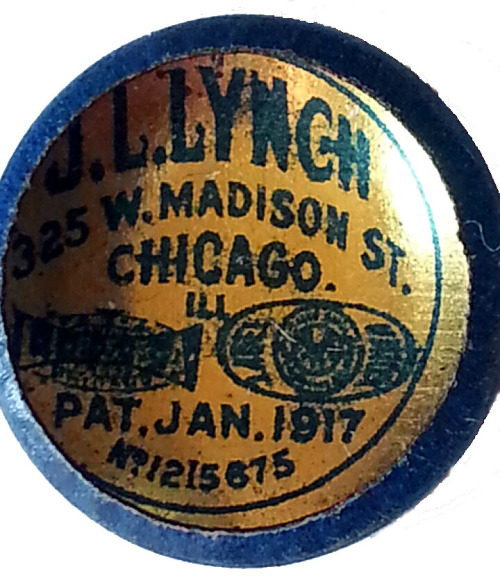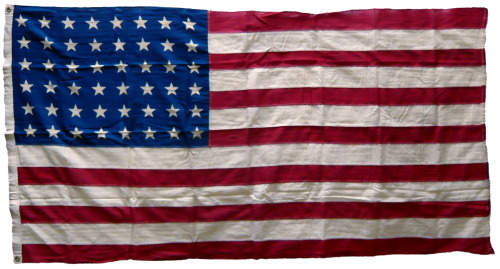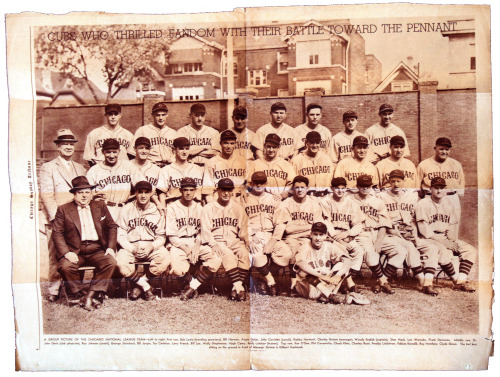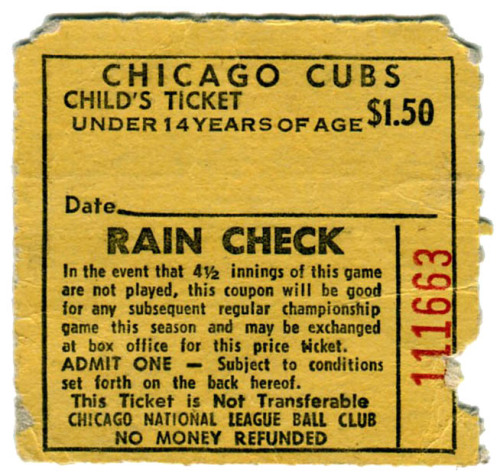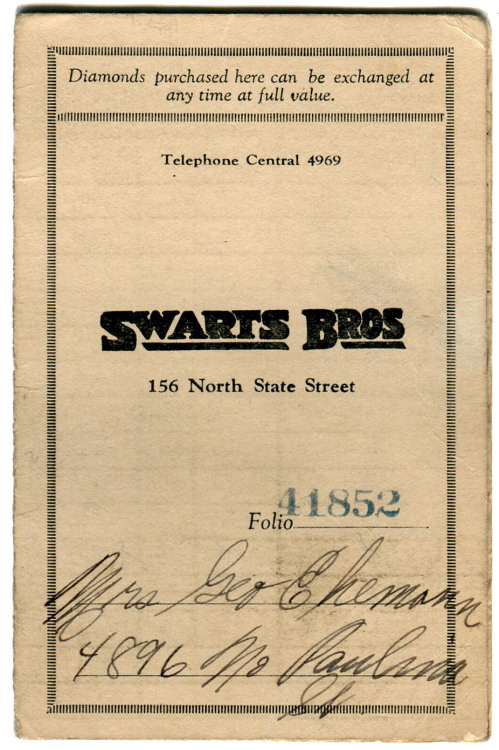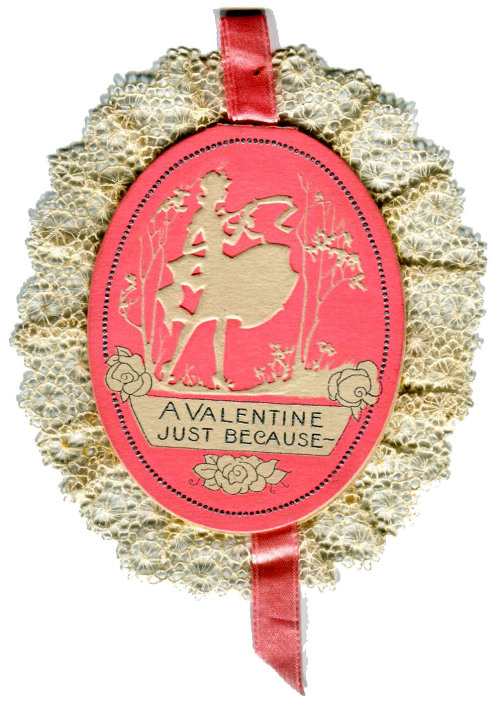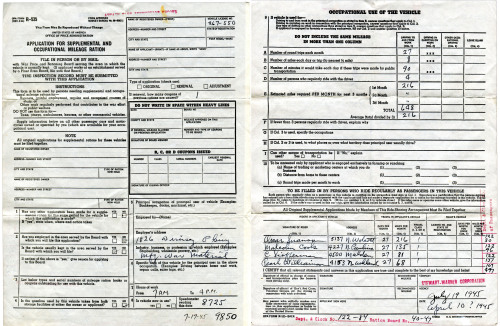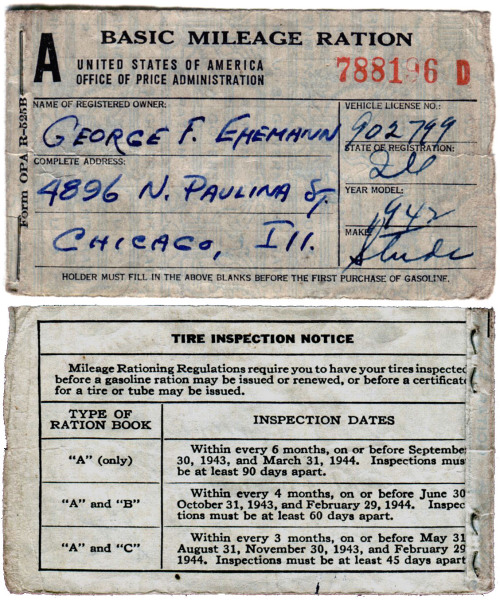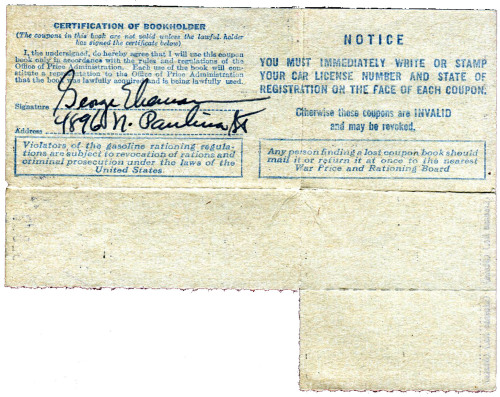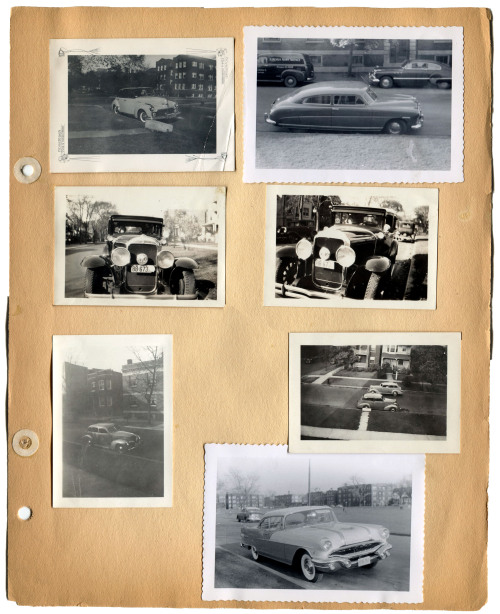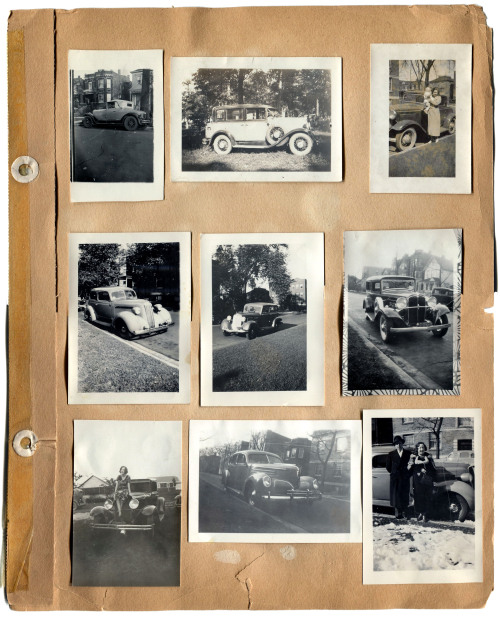#ehemann
Vielleicht bin ich nicht die schönste Frau in den Augen von anderen, doch für ihn bin ich es. Und vielleicht bin ich auch nicht großartig, doch für ihn bin ich einzigartig. Ich will keine tausend Bewunderer, ich will nur einen. Ich will nur ihn. Wenn er mir unrecht tut, verzeihe ich ihm. Wenn er besorgt zu mir kommt, dann höre ich ihm zu. Wenn er mir viel gibt, dann lobe ich ihn und wenn er mir wenig gibt, dann bin ich trotzdem dankbar und zufrieden, weil er an meiner Seite ist. Die Liebe beende ich nicht und den Gehorsam verweigere ich nicht. So oft ich auch Dornen ernte, ich werde weiterhin Rosen in unseren Garten der sich Ehe nennt pflanzen, für meinen Löwen und den zukünftigen Vater meiner Kinder.
It’s a pretty safe bet that these pinbacks were from my family’s anti-Prohibition stance. While I can’t find a solid source for this conclusion I do have some clues. One is the date on the back of the buttons. That falls in line with the push for the 18th Amendment. Second is the fact that my German ancestors in Chicago were both heavy into politics and both my Great Grandpa and 2nd Great Grandfather Ehemann were listed in city directories as either brewers and saloon keepers (imagine that). And lastly these pins fall in line with these two other buttons that made their way down to me.
Post link
My Grandpa George’s World War II era house flag measures 2'7" x 5’ which is a bit of an odd size compared to today’s standard 3’ x 5’. I would imagine that he flew it a good amount over his Chicago home during those war years. I post it today as my little way of marking the 70th Anniversary of D-Day.
Post link
Happy 100th birthday to Wrigley Field. For 5 generations you’ve been a part of my family. Here’s to another hundred years!
Post link
Glued into my Grandma Alice’s scrapbook is this event flyer from my Grandfather’s work. Stewart Warner made various gauges and instruments for The War, so big events of this nature aren’t that surprising. What is, is the date. The only September 8th on a Tuesday during WWII (and the immediate years following) was in 1942. That’s still rather early for U.S. involvement. Then it occurred to me that this might have been more of a war rally than an awards recognition. While I can’t seem to find anything on the internet about this event, I think that I might be on to something. This time period was during the first major U.S. push in the Pacific, and about a month into the very long Battle of Guadalcanal. Though while the First War Loan Drive didn’t begin until November of ‘42, I still think it is safe to say that besides some presentations it was also a sort of pep rally.
Post link
This is a payment book for what I can only assume was an engagement or wedding ring my Grandpa George gave my Grandma Alice. It wasn’t until after I found this little booklet that I realized that I don’t know when they were married. So, this is only a guess.
This piece of jewelry was technically bought by my Great Grandma, probably because her credit was better. An item of interest is that this was done in the midst of The Great Depression. So, while it may seem like taking over a year to pay down $89 is a bit extreme, you would have to consider that this was a good chunk of change. As a matter of fact, if you use an inflation calculator that $89 would today be equivalent to $1,369.64. With that in mind, along with the Depression being in full swing, that loan term doesn’t sound so silly after all.
Post link
A Valentine my Grandpa George gave to my Grandma Alice most likely from the mid to late late 1920s. If you look closely you can see a little pin hole at the top. So my guess is that she wore this on Valentine’s Day oh so long ago.
Post link
Along with all of the WWII gas rationing items I recently posted is this form. It apparently had to be filled out by anyone that needed supplemental gas rations; in my Grandpa’s case that would be for his “B” sticker he received because his work was considered vital to the war effort. The form was also used by people that required extra rations because of business needs, driving to school (I’d assume college), an extra long commute, or working for the public welfare.
In this day and age of fears about an intrusive government I can’t imagine this form being accepted. Not only does it require the driver to keep track of their mileage, it also needs to be signed by the place of employment and everyone in your carpool. If such a thing were proposed today we’d all be exposed to non-stop rants and ravings about “Big Government” trying to destroy our freedoms.
Post link
Rationing was a way of life during WWII. From gasoline to pantyhose, it seemed like everything was limited. In old photos you can see the ration stickers on car windshields (the green “B”), which was there to show the attendant how much gas you were allowed to purchase. With this you received stamps and other various paperwork that had to be filled out in order to get your fuel. An “A” sticker was issued to the general public. The “B” my Grandpa Ehemann received was because his job was considered vital to the war effort. This meant he was allotted up to eight gallons a week. There were six different window stickers and even a “R” one for farm vehicles. These were a part of everyday life. So much so they became part of popular culture, like at the end of this classic Bugs Bunny when his crashing plane doesn’t crash because it runs out of gas. Why, because he only had an “A” sticker.
An interesting yet lesser known fact is that the rationing wasn’t really created to control fuel consumption, but was there to help save on tires. Gasoline could be made domestically, but rubber trees don’t grow here (at least not in mass quantity). That raw material came from Asia, which of course was controlled by Japan at the time. That’s why if you look closely at the paperwork you’ll see a lot of references to mileage and tire inspections. There was even a national speed limit of 35 MPH put in place to help curb tire wear.
Here’s an example of some of the ration paperwork one had to keep track of to fill-up at the station. The photo is of my Grandfather’s 1942 Studebaker that is referred to in paperwork. There were some other ration related items I’ll get to later.
Post link
My Grandpa Ehemann was by all accounts a car guy. Before his scrapbook came into my hands I had found a stack of receipts for cars he had purchased. At some point I should take them and I see if I can tell which was which from his photos. (That ‘49 Hudson on the first page top right is pretty fantastic looking!)
The majority of the photos were taken in front of their place on the corner of N. Paulina & W. Ainslie Streets on the north side of Chicago. The bottom photo on the second page was shot in front of the house I grew up in on Kostner Ave. That old Standard Oil gas station has since been replaced by a North Shore Community Bank & Trust building.
Post link


